Location Design of Soviet cars

The history of the first car began in 1768 together with the creation of steam-powered vehicles capable of transporting a person. In 1806, the first machines appeared, powered by internal combustion engines in English. Combustible gas, which led to the appearance in 1885 of the gasoline or gasoline internal combustion engine widely used today. Machines working on electricity briefly appeared at the beginning of the 20th century, but almost completely disappeared from the field of vision until the beginning of the 21st century, when interest in low-toxic and environmentally friendly transport again arose. Essentially, the car's early history can be divided into stages that differ in the predominant way of self-propelled movement. The later stages were determined by trends in the size and style of the appearance, as well as preferences in the targeted use. And also in 1840 bicycles were invented.
Copying foreign cars began with the very first Soviet cars produced under license from Ford. Over time, copying occurred more often without the permission of Western car factories. The Scientific and Research Automobile Institute of the USSR bought several advanced models "for study" from the capitalist oppressors of the working people, and several years later a Soviet analogue descended from the conveyors. True, often by that time the prototype was already outdated and withdrawn from production, and the Soviet copy was produced not a single decade.
Gas A
The first mass passenger car of the USSR was borrowed from the American automobile industry. GAZ A - licensed copy of the American Ford-A. The USSR bought equipment and documents from the American company for production in 1929, and two years later the production of Ford-A was discontinued. A year later, in 1932, the first GAZ-A cars were produced.
Despite the fact that the first cars of the plant were manufactured according to the drawings of the American company Ford, they were initially somewhat different from the American prototypes. After 1936 in Moscow and Leningrad, the exploitation of the obsolete GAZ-A was banned. A small number of car owners were ordered to turn over the GAZ-A to the state and purchase a new GAZ-M1 with an additional payment.
Leningrad-1
The Soviet experimental car was an almost exact copy of the Buick-32-90, which by American standards was a high-middle class.
The Krasny Putilovets factory, which previously produced the Fordson tractor, produced six L1 copies in 1933. A significant part of the cars could not reach Moscow without their own breakdowns. As a result, "Red Putilovets" was reoriented for the production of tractors and tanks, and the revision of L1 was transferred to the Moscow ZiS.
Since the body of "Buick" no longer fit the fashion of the mid-thirties, ZiSe projected it anew. American body studio Budd Company based on Soviet sketches designed an elegant and outwardly modern for those years body. It cost the state half a million dollars and took 16 months.
GAZ-M-1
GAZ-M1, in turn, was designed according to the samples of Ford Model B (Model 40A) in 1934, the documentation for which was transferred to GAZ by the American side under the terms of the contract.
During the adaptation of the model to domestic operating conditions, the car was largely redesigned by Soviet specialists. Emka for individual positions has surpassed the later production of Ford.
KIM-10
The first Soviet serial small car, which was based on the British Ford Prefect.
In the United States, stamps have been manufactured and designs of the body have been developed by the models of the Soviet designer. In 1940, the plant began production of this model. KIM-10 was to become the first truly "popular" Soviet car, but the implementation of the ambitious plan of the country's leadership to ensure the majority of citizens with personal vehicles prevented the Great Patriotic War.
ZIS-110
The design of the body of the first Soviet post-war luxury car practically mimicked the American "Packard" of the older series of the pre-war production. Up to the smallest details, the ZIS-110 was similar to the Packard 180 with the Touring Sedan body of the last pre-war model of 1942.
Independent Soviet design, specially betrayed the appearance of the American Packard in accordance with the taste preferences of the country's top leadership and, mainly, personally Stalin.
It is unlikely that the American firm liked this creative development of its ideas in the design of the Soviet car, but no claims from her side in those years did not follow, especially since the production of large "Packard" after the war was not renewed.
Moskvich 400
The Soviet small car was a complete analogue of the Opel Kadett K38, produced in 1937-1940 in Germany on the German subsidiary of Opel of the American concern General Motors, recreated after the war on the basis of surviving copies, documentation and equipment.
Part of the equipment for the car was taken from the Opel factory in Rüsselheim (located in the American occupation zone) and mounted in the USSR. A significant part of the lost documentation and equipment for production was recreated, and the work was carried out in Germany at the request of the Soviet military administration by the forces of mixed labor collectives consisting of seconded Soviet and civilian German specialists who worked in the design bureaus created after the war.
The next three generations of the "Muscovites" will be lagging behind the production of the company Opel.
GAZ-M-12
Six-seven-passenger car of a large class with a body "six-window long-base sedan" developed on the basis of Buick Super. Serially produced at the Gorky Automobile Plant (Molotov Name Factory) from 1950 to 1959 (some modifications - to 1960).
The plant was strongly recommended to copy the Buick model in full in 1948, but engineers based on the proposed model designed the car, which is based on the units and technologies that are already mastered in production. ZiM was not a copy of any particular foreign car, either in terms of design, or, in particular, in technical terms - in the latter, plant designers even managed to to some extent "say a new word" within the world automotive industry. In October 1950, the first industrial GAZ-M-12 was assembled.
GAZ-21 "Volga"
A middle class passenger car was technically created by domestic engineers and designers from scratch, but outwardly copied mostly American models of the early 1950s. During the development, foreign cars were studied: Ford Mainline, Chevrolet 210, Plymouth Savoy, Standard Vanguard and Opel Kapitan.
GAZ-21 was serially produced at the Gorky Automobile Plant from 1956 to 1970. The factory index of the model is initially GAZ-M-21, later (from 1965) - GAZ-21.
By the time the serial production began according to world standards, the design of the Volga has already become at least ordinary, and against the background of the serial foreign cars of those years already did not stand out. By 1960, the Volga was a car with a hopelessly outdated design.
Moskvich-402
The appearance of a small passenger car was repeated by the Opel Olympia Rekord - the successor to the Opel Kadett K38. The participation of specialists from GAZ, where the development of the Volga GAZ-21 was in full swing, had a strong influence on the projected car. "Moskvich" adopted from her many elements of its design.
Serial production of "Moskvich-402" was curtailed in May 1958.
GAZ-13 "The Seagull"
The representative car of the big class, created under obvious influence of the newest models of the American company Packard, which in those years was studied at NAMI (the Packard Caribbean convertible and the Packard Patrician sedan, both 1956 model years).
"Seagull" was created with a clear orientation on the trends of the American style, like all GAZ products of those years, but it was not a 100% "stylistic copy" or the modernization of Packard. The car was produced in a small series at the Gorky Automobile Plant from 1959 to 1981. In total, 3,189 cars of this model were manufactured.
"Seagulls" were used as a personal transport of the highest nomenclature (mainly ministers, first secretaries of regional committees), which was issued as an integral part of the prescribed "package" of privileges.
Both sedans and cabriolets "Seagull" were used in parades, served at meetings of foreign leaders, eminent personalities and heroes, were used as escort vehicles. Also, "Seagulls" entered Intourist, where, in turn, they could be ordered by everyone who wished to use as wedding limousines.
ZIL-111
Copying American design in different Soviet plants led to the fact that the appearance of the ZIL-111 was created using the same models as the Seagull. As a result, similar cars were produced in the country at the same time. ZIL-111 is often mistaken for the more common "Seagull".
A passenger car of the highest class was a stylistic representation of a compilation of various elements of American cars of the middle and upper class of the first half of the 1950s - mostly reminiscent of Cadillac, Packard and Buick. The basis for the external design of the ZIL-111, like the "Seagulls", was the design of the models of the American company Packard 1955-56. But compared to the Packard models, ZIL was larger in all dimensions, looked much stricter and "square", with straight lines, had a more sophisticated and detailed decor.
From 1959 to 1967, only 112 copies of this car were collected.
ZAZ-965
The main prototype of the minicar was the Fiat 600.
The car was designed by MZMA ("Moskvich") together with the automobile institute NAMI. The first samples received the designation "Moskvich-444", and already significantly differed from the Italian prototype. Later the designation was changed to "Moskvich-560". Meanwhile, the conveyor of the MZMA itself was fully loaded by that time, and there were no reserves for development in the production of a minicar at the plant. Therefore, for the release of the car, it was decided to reconstruct the Kommunar plant in the city of Zaporozhye (Ukrainian SSR), previously engaged in the production of combine harvesters and other agricultural machinery.
ZAZ-966
The passenger car of especially small class demonstrates a considerable similarity of design with the German small car NSU Prinz IV (Germany, 1961).
GAZ-24 "Volga"
A mid-range passenger car became a hybrid of the North American Ford Falcon and Plymouth Valiant.
Serially produced at the Gorky Automobile Plant from 1969 to 1992. The exterior and design of the car were quite standard for this direction, the specifications were also approximately at the average level. Most of the "Volga" was not intended for sale in private use and was operated in taxis and other government organizations.
VAZ-2101 "Lada"
VAZ-2101 "Zhiguli" - rear-wheel drive car with a body type sedan is an analogue of the model Fiat 124, received in 1967 the title "Car of the Year."
Under the agreement of the Soviet Foreign Trade and Fiat, the Italians created the Volga Automobile Plant in Togliatti with a full production cycle. The concern was entrusted with the technological equipment of the plant, training of specialists.
VAZ-2101 was subjected to serious changes. In total, more than 800 changes were made to the Fiat 124 design, after which it was named Fiat 124R. "Russification" Fiat 124 proved to be extremely useful for FIAT itself, which accumulated unique information about the reliability of its machines under extreme operating conditions.
VAZ-2103
Rear-wheel drive car with a body type sedan. It was developed jointly with the Italian firm Fiat on the basis of models Fiat 124 and Fiat 125.
Later, on the basis of VAZ-2103 was developed "project 21031" later renamed VAZ-2106.
VAZ-2105
The VAZ-2105 model was developed by serious modernization of previously produced models within the framework of the "second" generation of VAZ rear-wheel-drive vehicles as a replacement for the VAZ-2101 first-born. The design was based on the Fiat 128 Berlina.
In the episode 15 episode 17 series of the Simpsons series, in which the Simpsons are played by real actors in real scenery, Homer goes home to Lada Nova (the export name of the "five").
Moskvich-2141
The replacement of the Moskvich-412 was designed only in the 1980s, and it was already a completely different car - Moskvich-2141, a front-drive hatchback created on the basis of the French Simka body and the already obsolete Uzam engine. Export name - Aleko, from the Automobile Plant of the Lenin Komsomol.
As the best prototype for speeding up the design of the new car, the recently emerged French-American model Simca 1308 from the European branch of the Chrysler corporation was seen by the Ministry of Automotive Industry. Designers were ordered to copy the car right up to the "iron". " However, in the process of development, the body of the Moskvich was re-designed, as a result of which the exterior of the car was significantly different from the French model and, although with some stretch, but corresponded to the level of the mid-eighties.


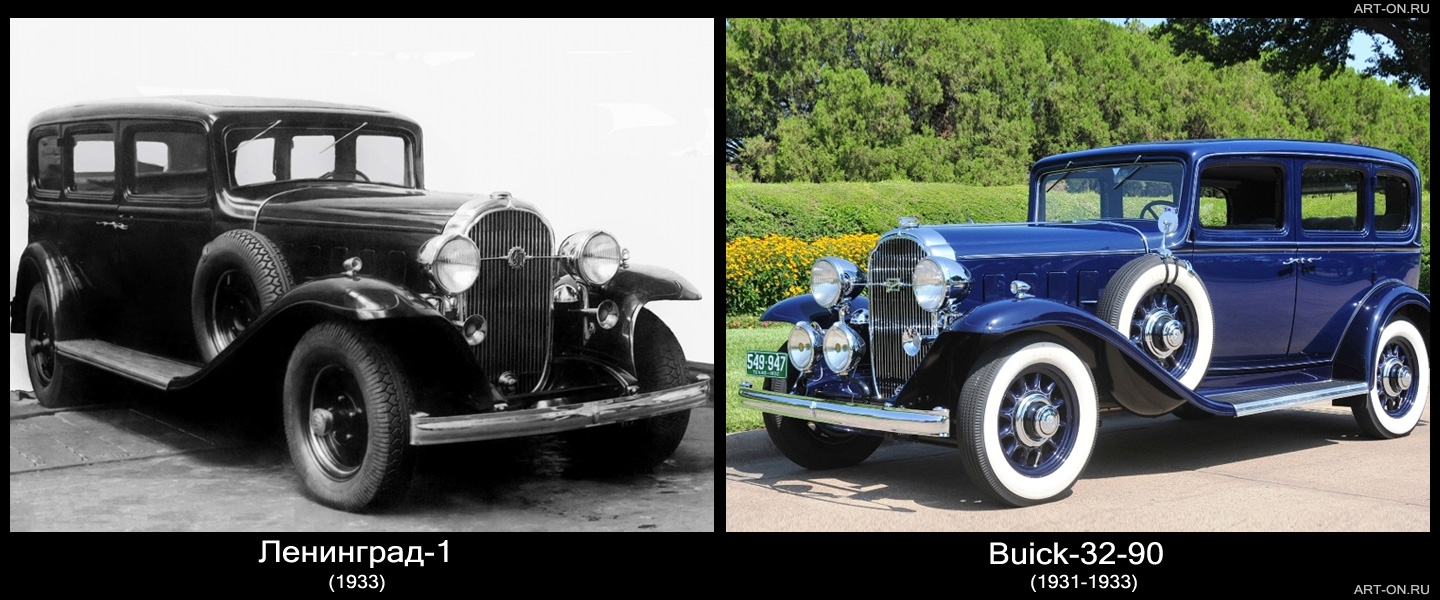

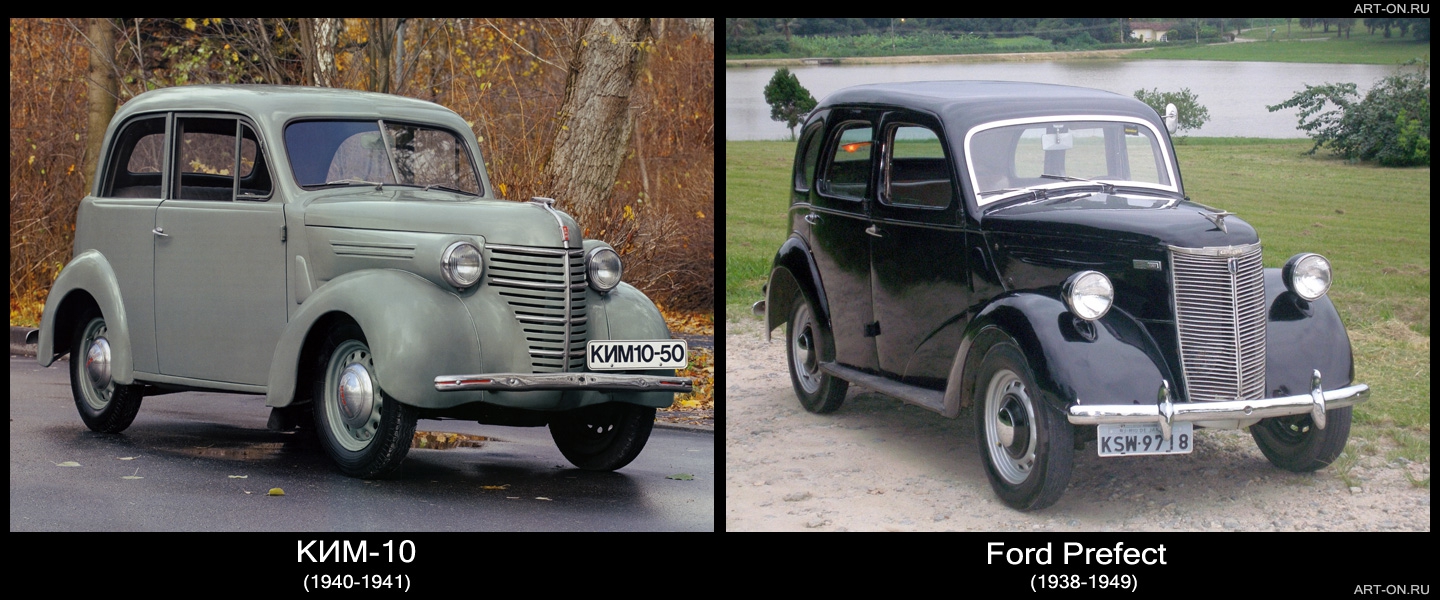
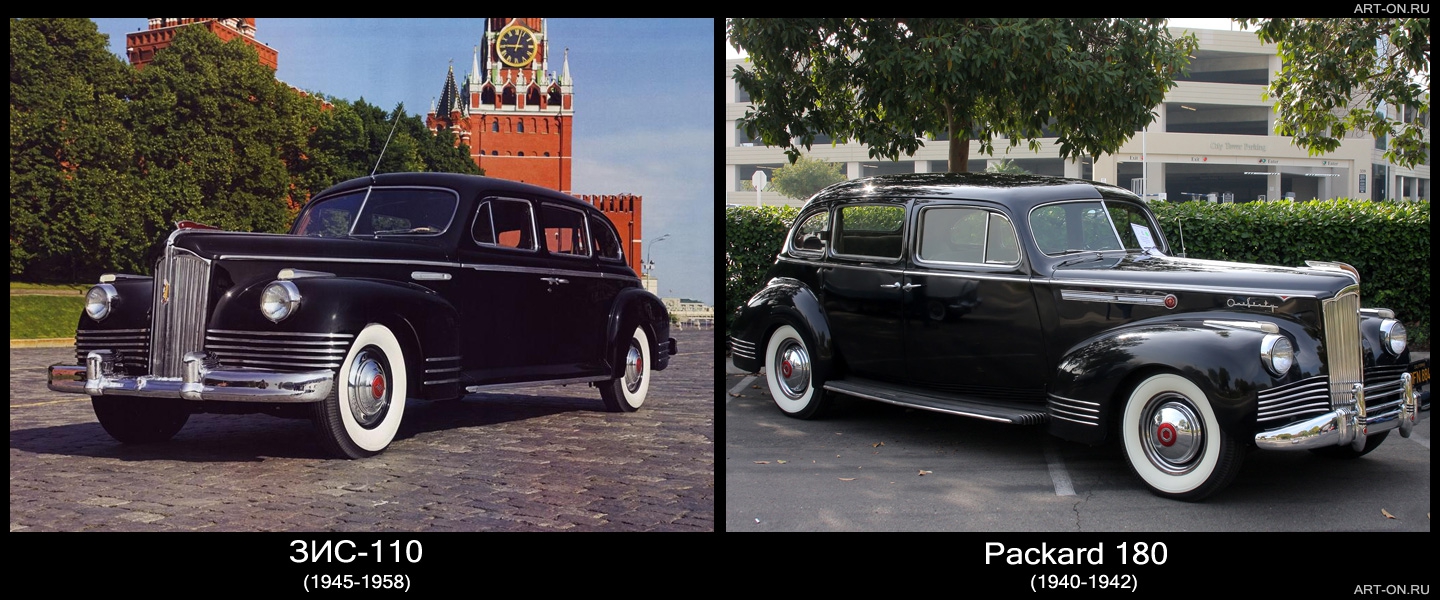
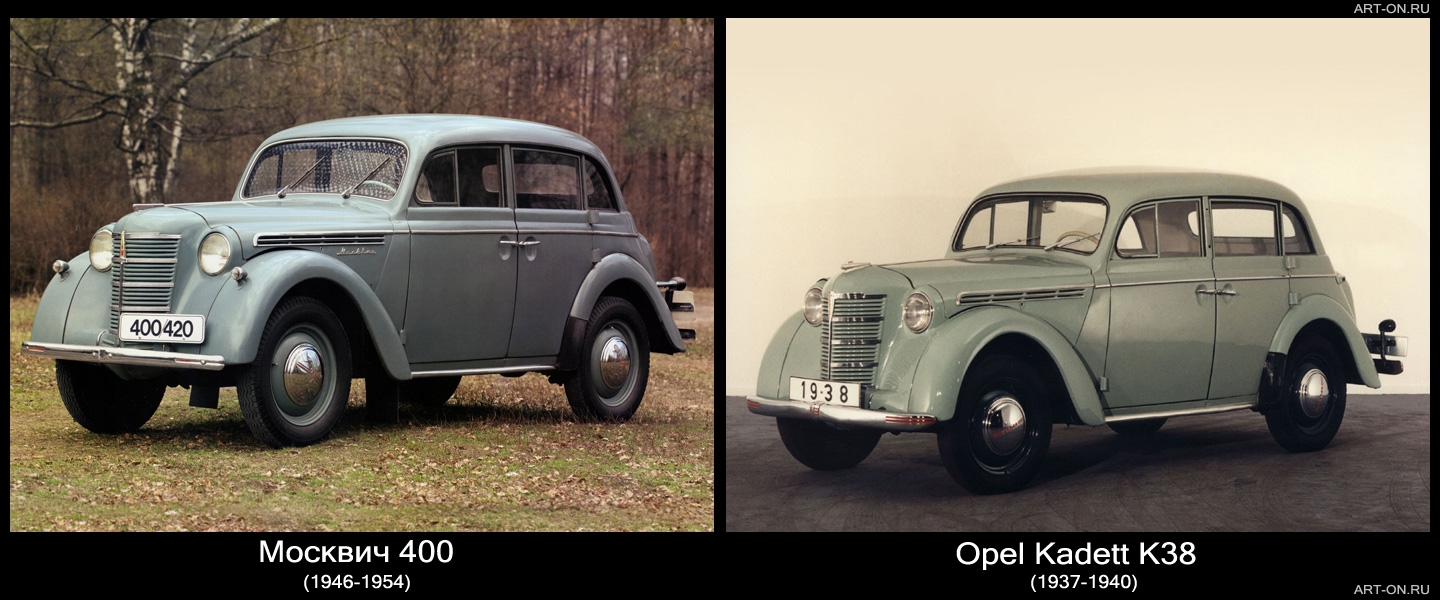


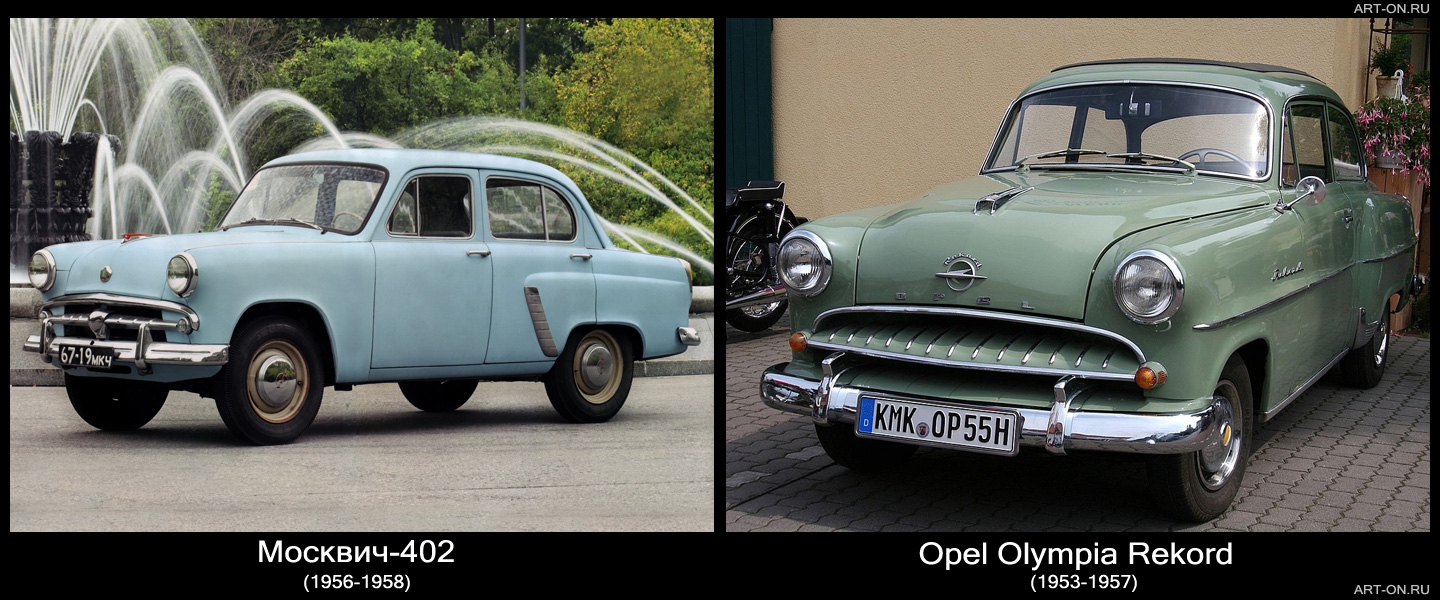
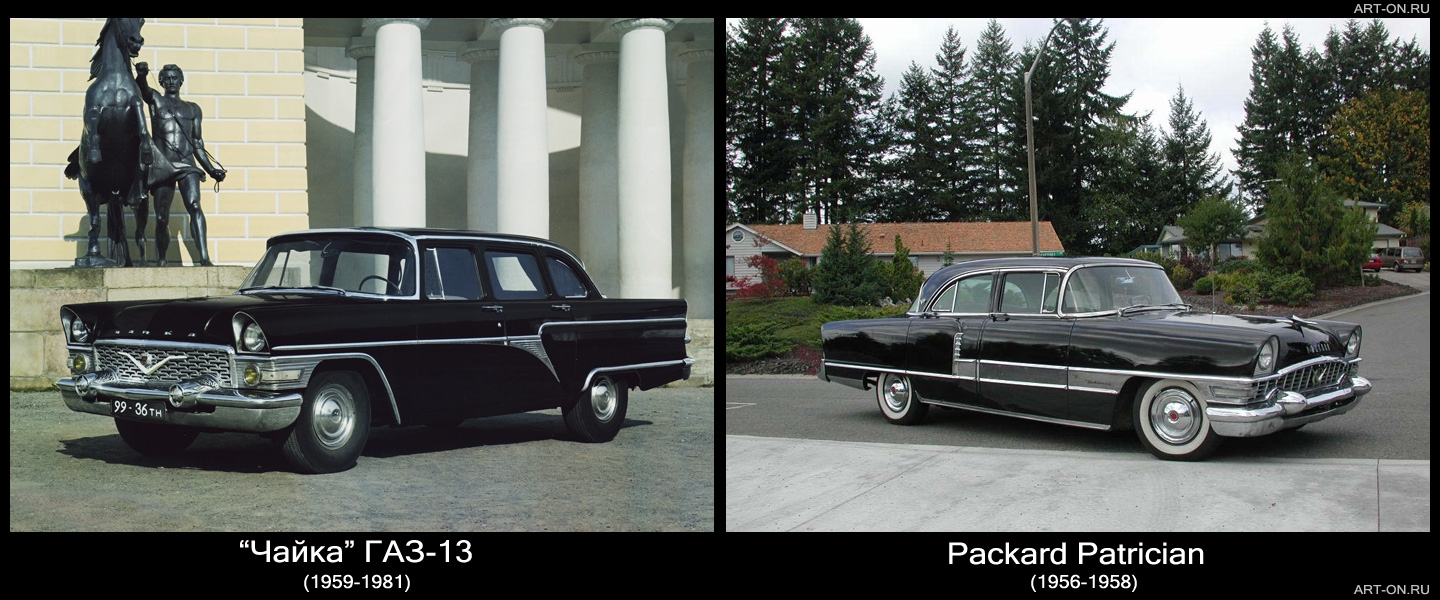
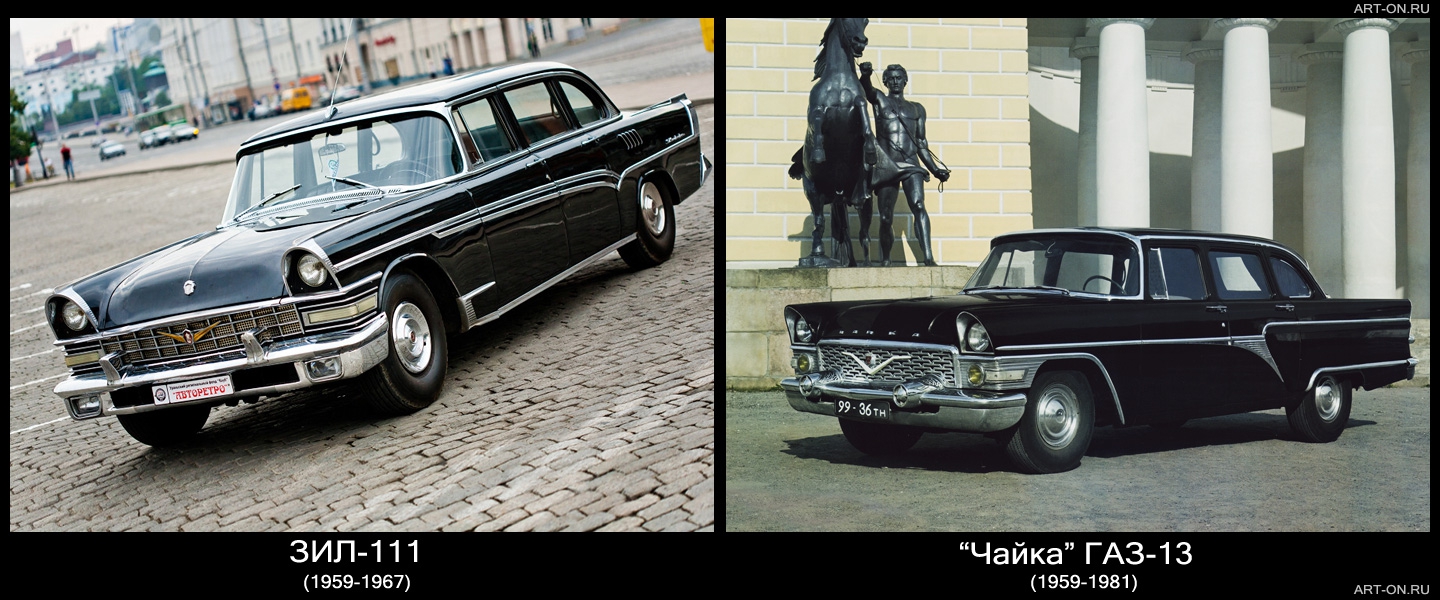

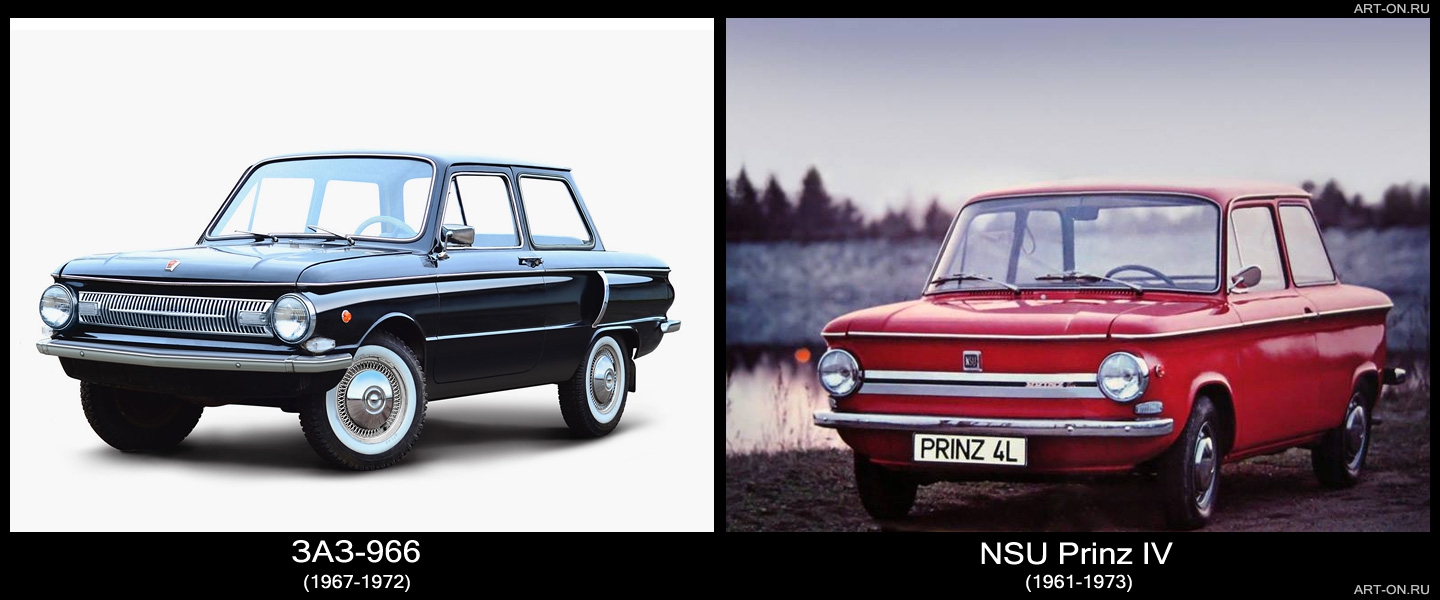
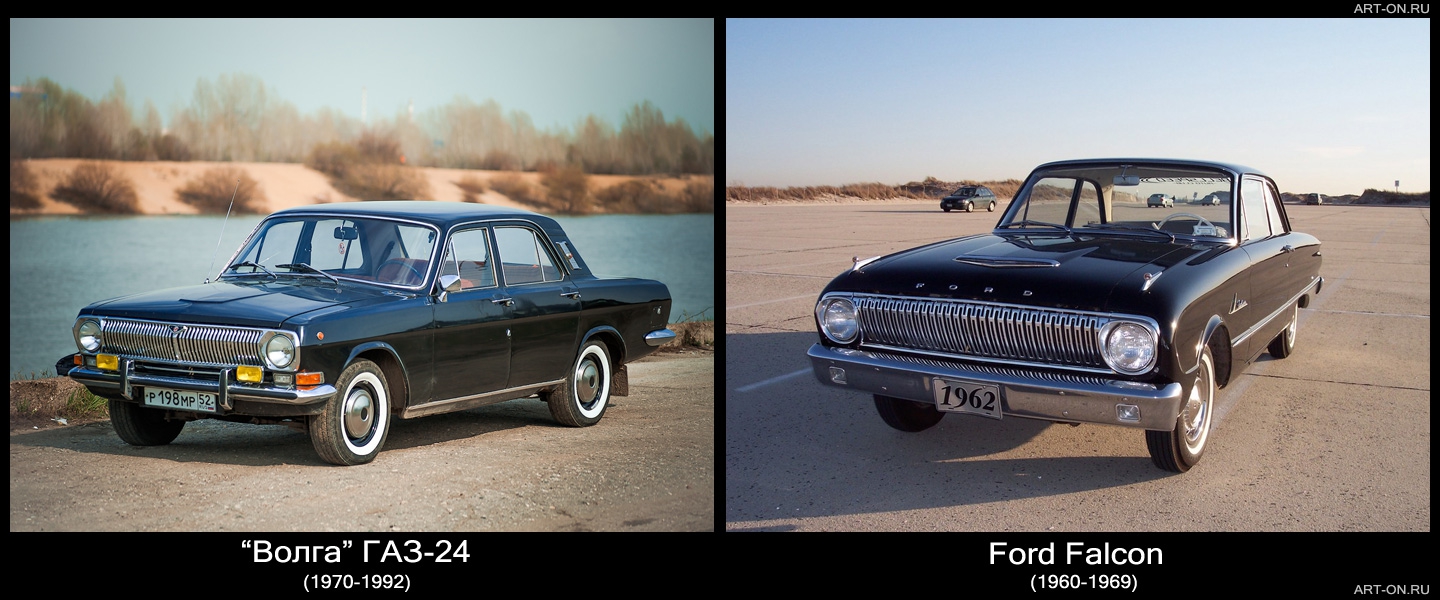
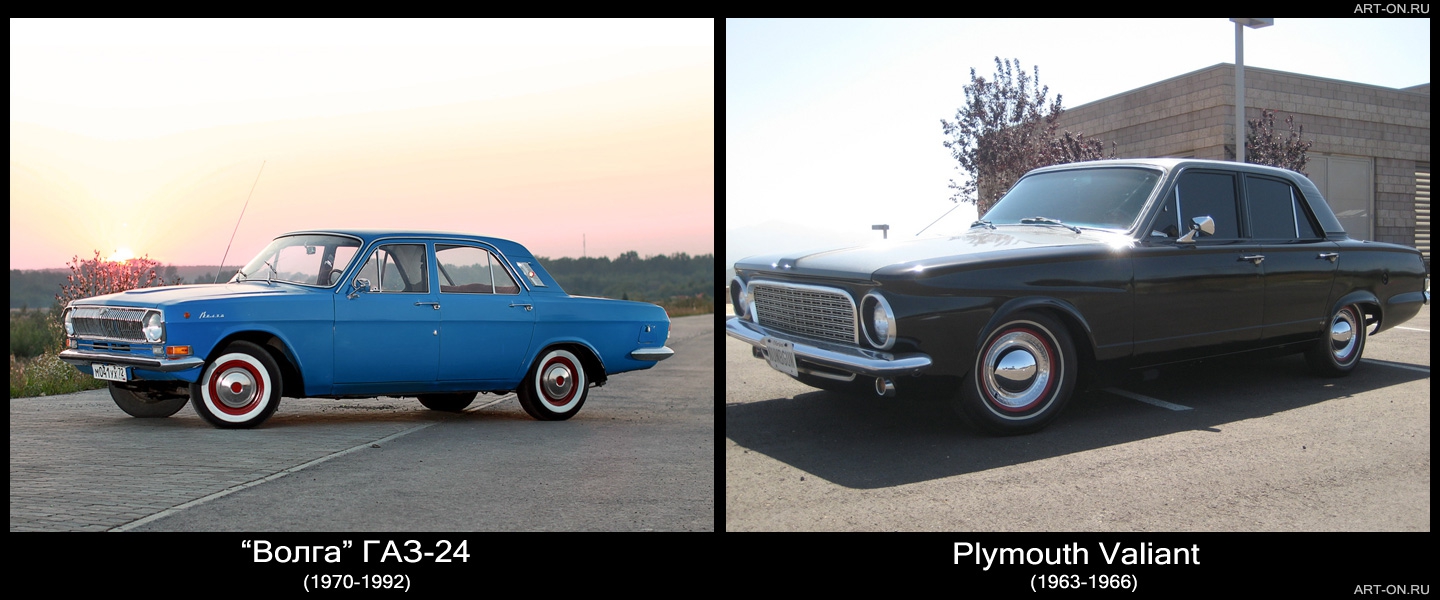
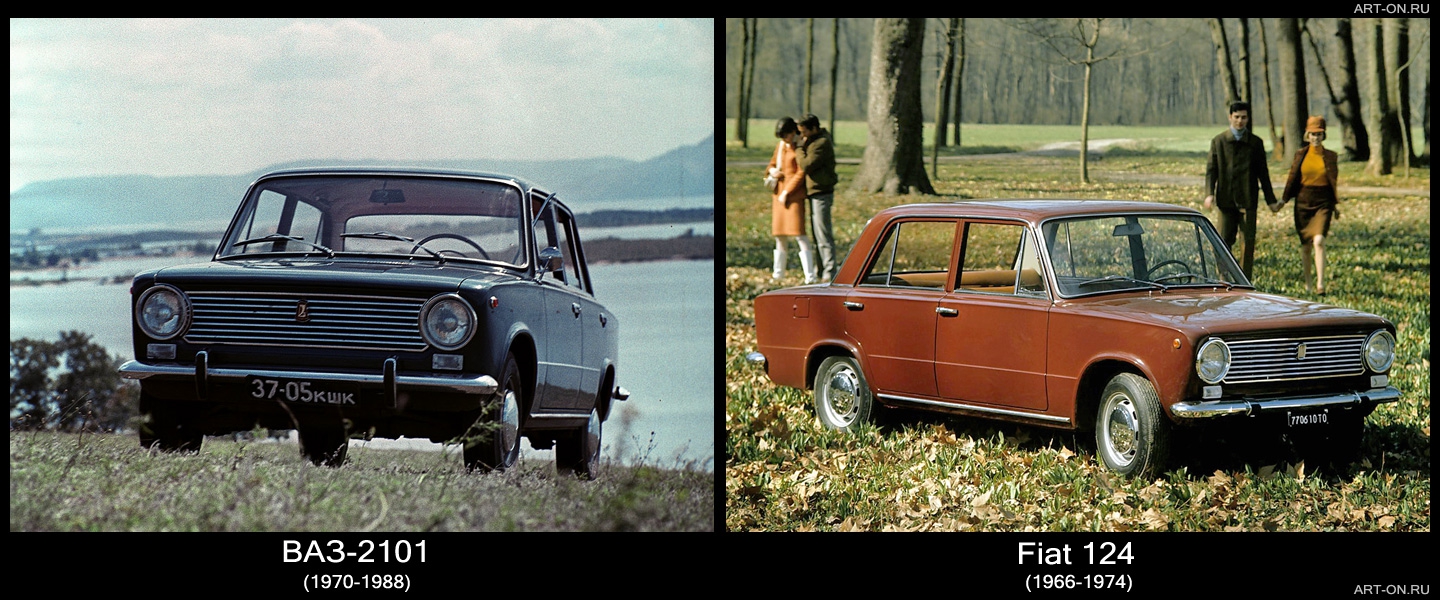
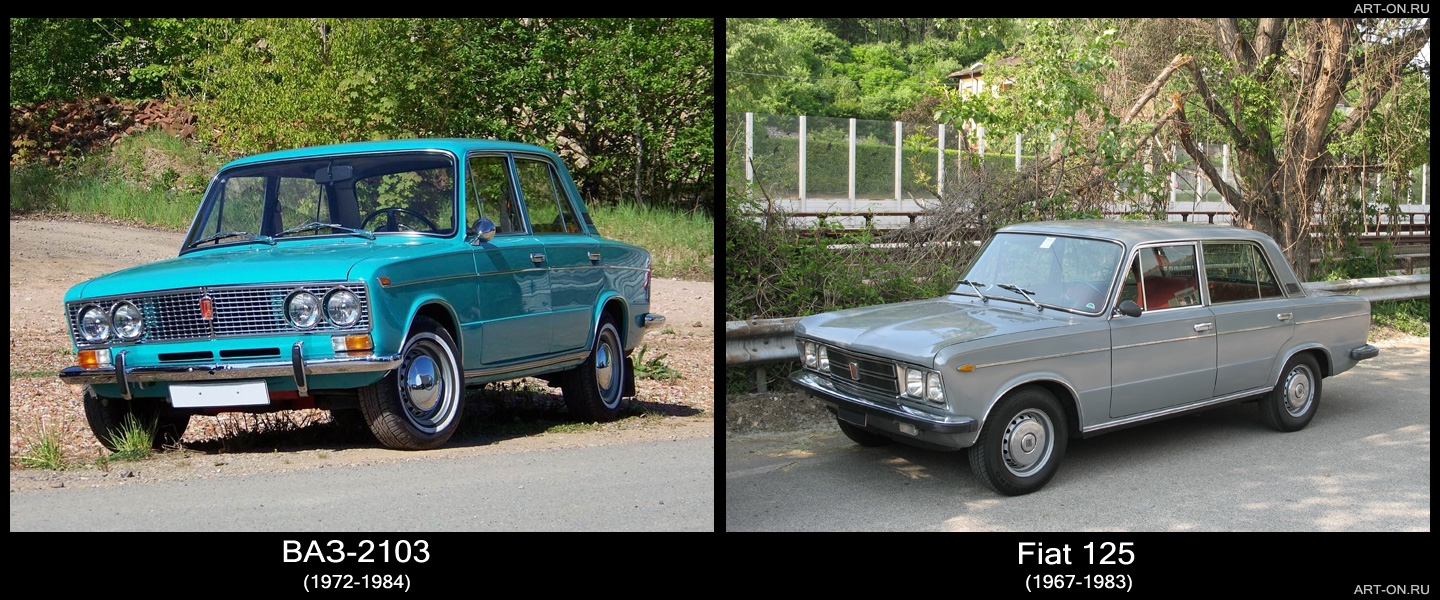



Comments
When commenting on, remember that the content and tone of your message can hurt the feelings of real people, show respect and tolerance to your interlocutors even if you do not share their opinion, your behavior in the conditions of freedom of expression and anonymity provided by the Internet, changes Not only virtual, but also the real world. All comments are hidden from the index, spam is controlled.